This is something that needs to be explained to know which factors influence the choice of university direction more than vocational training or labor participation.
10 LOCALITIES WITH THE HIGHEST UNIVERSITY ENTRANCE RATE
In 2023, the 10 localities with the highest percentage of university admissions compared to high school graduates are also similar to 2022, only the rankings of the localities have changed and Hung Yen has replaced Hai Phong , falling out of this table.
Binh Duong continues to be the leading locality in the country, with a university entrance exam rate of 80.61%, an increase of 13.19% compared to 2022. Da Nang ranked 2nd, up 1 place, with 72.2%, an increase of 10.32%. Ho Chi Minh City ranked 3rd, up 2 places, with 70.87%, an increase of 10.13%. Hanoi ranked 4th, up 5 places, with 70.81%, an increase of 14%. Thua Thien-Hue ranked 5th, down 3 places, with 67.01%, an increase of 4.44%. Nam Dinh ranked 6th, unchanged, with 65.63%, an increase of 5.09%. Khanh Hoa ranked 7th, down 3 places, with 64.7%, an increase of 3.94%. Bac Ninh ranked 8th, up 2 places, with 64.56%, an increase of 8.44%. Hung Yen ranked 9th, up 2 places, with 63.2%, an increase of 7.18%. Phu Yen ranked 10th, down 2 places, with 63.18%, an increase of 6.08%. Notably, Hai Phong ranked 7th in 2022, but fell out of the top 10 in 2023.

Khanh Hoa students participated in the Thanh Nien Newspaper's Exam Season Consulting program last weekend. This province ranked 7th among localities with the highest number of high school graduates entering university in 2023.
In 2023, with more than 1 million candidates taking the high school graduation exam, more than 546,000 students entered university, reaching a rate of 53.1%, an increase of nearly 2% compared to the previous year. Increasing the rate of students passing university after high school is in line with the general trend of the world. And so, on average, for every 100 students who pass the graduation exam, 53 students enter university, the remaining 47 students will learn a trade, join the workforce immediately or work abroad.
N INFLUENTIAL FACTORS
According to the Ministry of Education and Training, the university admission rate is proportional to the local socio-economic conditions. Regions with a high rate of students entering university have better socio-economic conditions and more jobs for qualified workers. The leading regions are the Red River Delta (64.44%), the Southeast (64.24%), the North Central and Central Coast (52.65%), the Mekong Delta (52.45%), the Central Highlands (48.56%) and the Northern midlands and mountains, the lowest (40.28%).
In the top 10 localities, the Red River Delta has 4, including Hanoi, Nam Dinh, Bac Ninh, Hung Yen; the Southeast region has 2, Binh Duong and Ho Chi Minh City. These are localities with developed socio-economy, many universities and good quality education. This is shown by the total score of 3 subjects: math, literature, foreign language and high average score.
The North Central and Central Coast regions also have 4 localities in the top 10, but the quality of education in these localities is not high. In 2023, Phu Yen ranked 49th in total score of math, literature, and foreign language; the average score ranked 52nd, Khanh Hoa (30-43), Thua Thien-Hue (25-26) and Da Nang (20-40), just above and below the national average. These localities have high university admission rates not only thanks to the quality of education, but also thanks to many other factors such as socio-economic conditions, concentration of many universities, and the small number of students going to work abroad.
First of all, Da Nang City, where Da Nang University is located, is a long-standing regional university and is preparing to become a national university. Besides, there are many private schools such as Duy Tan University, FPT University, Dong A University, University of Architecture, etc. University graduates here can find jobs right in Da Nang, the Central provinces or the Southeast. Therefore, Da Nang students can rest assured to study at university in the city.
Next is Thua Thien-Hue, home to Hue University, also a traditional regional university, which is being built to become a national university. There are many training majors, in addition to private universities. In addition, in recent years, students from other provinces have come to Hue to study less. At the same time, Thua Thien-Hue is oriented to become a city directly under the Central Government, with many job opportunities, so more high school students in this province choose to study at universities.
Third is Khanh Hoa, where Nha Trang University is located, offering multi-disciplinary training and many branches of domestic universities. Khanh Hoa is in the process of becoming a city directly under the Central Government, with many projects and job opportunities, so students from this province can rest assured to study at universities here or in the Southeast.
As for Phu Yen, there are only 3 higher education institutions, including Phu Yen University, Central University of Construction and Banking Academy. However, Phu Yen is close to Khanh Hoa and the Southeast region, so many students in this province choose university as their path after high school.
In addition, a common characteristic of these localities is the spirit of learning, studying abroad or exporting labor after high school has not become a trend like in Nghe An, Ha Tinh, and Quang Binh provinces.
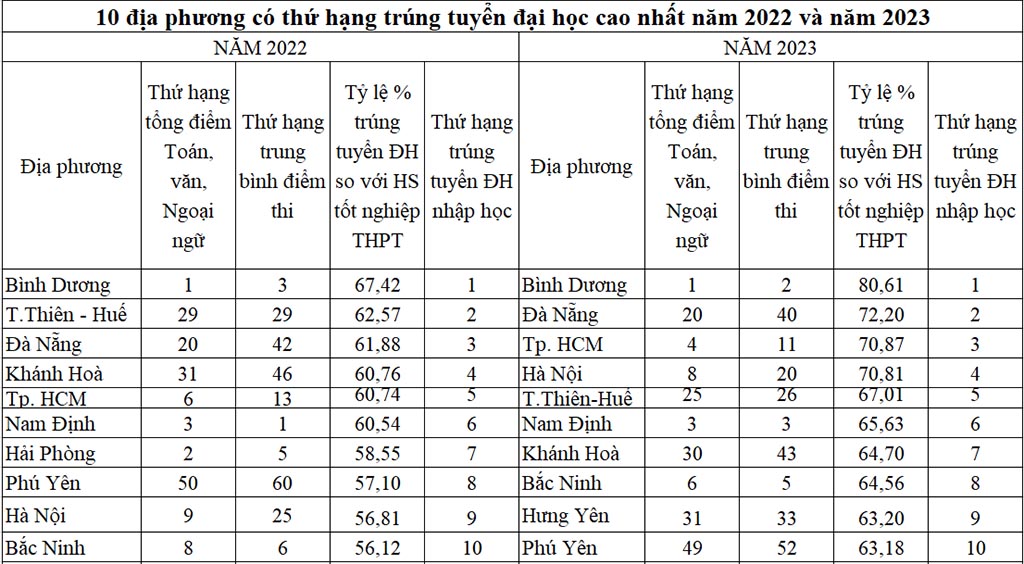
Source: Data published by the Ministry of Education and Training and author's calculations
B WORRY ABOUT THE CASE OF QUANG BINH PROVINCE
On the other hand, the top 10 localities with low university admission rates are all in the northern mountainous and midland regions, with difficult socio-economic development conditions, low education quality and few universities. However, Quang Binh, a central locality with a fairly developed socio-economic situation, has a university admission rate of only approximately 30%. In 2023, Quang Binh ranked 58th, down 4 places, with 31.74%. This is an issue that the province and the education sector need to solve so that the student stream after high school is more effective and balanced, meeting the province's demand for high-quality human resources.
Quang Binh is a North Central province, students have a studious spirit, many students have won national and international prizes. In 2023, the quality of the high school exam in this province is below the national average, but still much higher than that of the northern mountainous provinces. In terms of socio-economics, this place has developed tourism and maritime industry, the GRDP of Quang Binh in 2020 ranked 37th compared to the whole country. However, the conditions for university and college education here are still difficult. The province only has Quang Binh University, but every year it only recruits a few hundred students. From the school having 21 training majors with a scale of 10,000 students, now there are only 16 university majors and 3 college majors with a scale of 1,000 students. Quang Binh does not have a developed industry or trade, and in recent years, administrative agencies have reduced their staff, so many university students have difficulty finding jobs. In addition, Quang Binh is a locality that promotes labor export to Korea, Japan, Australia, etc., so many students choose this direction, going to vocational school and working directly, leading to a low university admission rate.
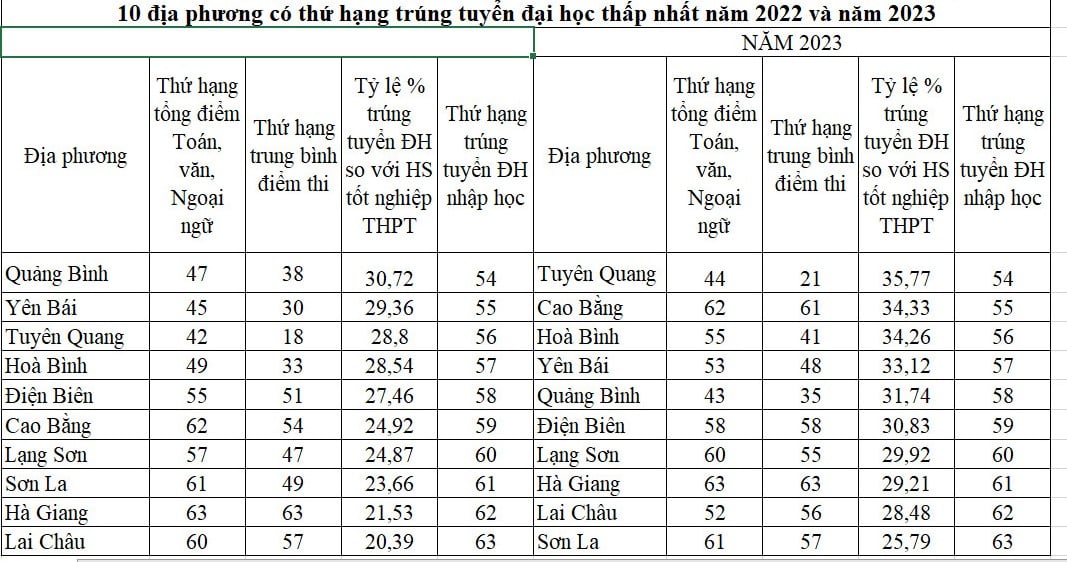
Source: Data published by the Ministry of Education and Training and author's calculations
SOLUTIONS FOR DIFFICULT PROVINCES
In recent years, the distribution of students after junior high school and high school in our country has made many advances. Students no longer consider university as the only path, but can learn a trade, work in factories or export labor. However, in the era of industry 4.0 and modern market economy, there is a need for more human resources with college and university degrees or higher, localities with low university admission rates will affect human resources. Therefore, these localities need to assess the current situation and have effective and harmonious distribution solutions between training levels. It is necessary to invest in expanding the scale and improving the training quality of universities in the region; the state and enterprises create more jobs. The education sector strengthens career education, so that students have a direction to establish themselves and build a long-term career. Instead of chasing short-term benefits, such as exporting labor with high income, but with many potential risks and after returning home without a job, it is difficult for self-development, family and long-term contribution to society.
Source link


![[Photo] Flooding on the right side of the gate, entrance to Hue Citadel](https://vphoto.vietnam.vn/thumb/1200x675/vietnam/resource/IMAGE/2025/10/28/1761660788143_ndo_br_gen-h-z7165069467254-74c71c36d0cb396744b678cec80552f0-2-jpg.webp)

![[Photo] Hue: Inside the kitchen that donates thousands of meals a day to people in flooded areas](https://vphoto.vietnam.vn/thumb/1200x675/vietnam/resource/IMAGE/2025/10/29/1761738508516_bepcomhue-jpg.webp)
![[Photo] Prime Minister Pham Minh Chinh chaired a meeting to discuss solutions to overcome the consequences of floods in the central provinces.](https://vphoto.vietnam.vn/thumb/1200x675/vietnam/resource/IMAGE/2025/10/29/1761716305524_dsc-7735-jpg.webp)
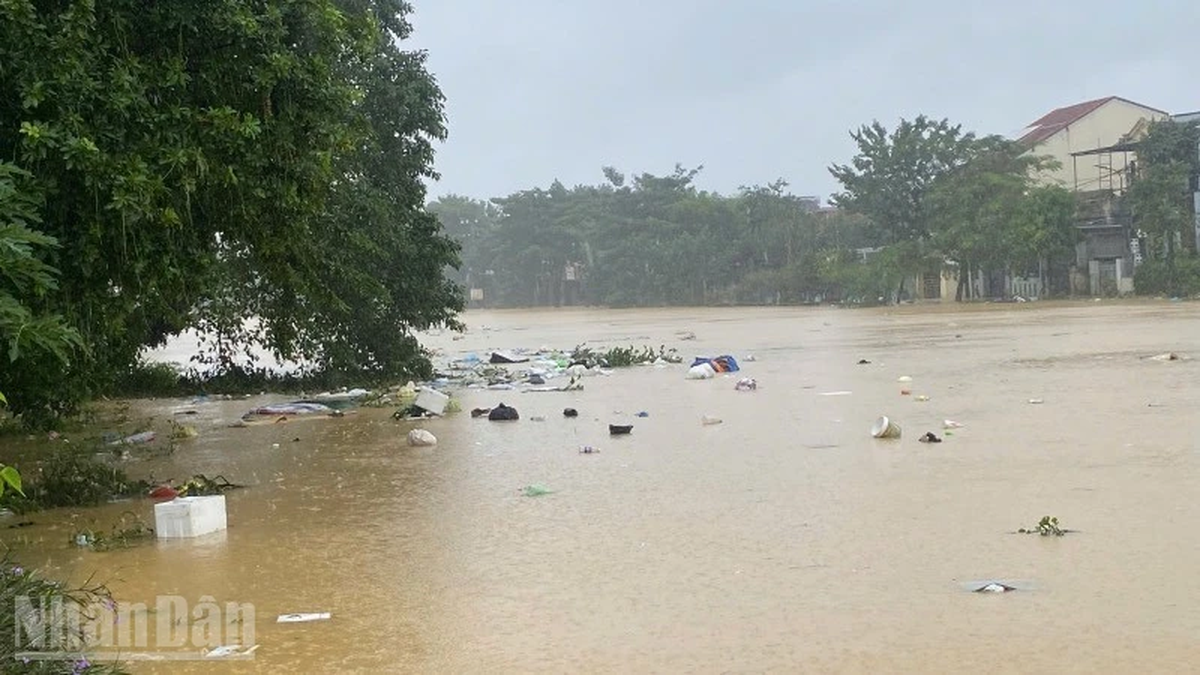

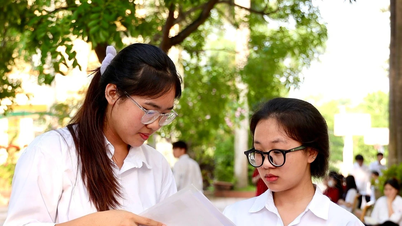

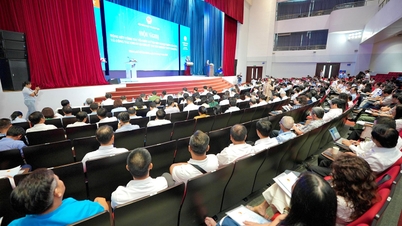






















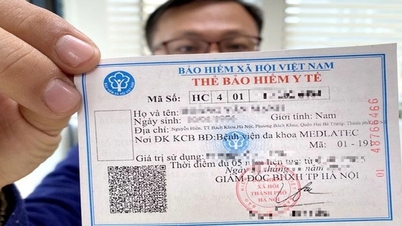



































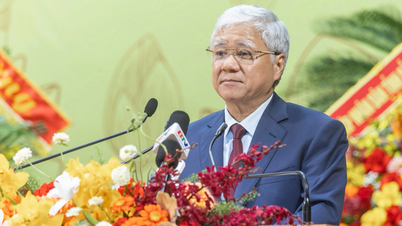
![[Infographic] Vietnam's socio-economic situation in 5 years 2021-2025: Impressive numbers](https://vphoto.vietnam.vn/thumb/402x226/vietnam/resource/IMAGE/2025/10/29/1761730747150_anh-man-hinh-2025-10-29-luc-16-38-55.png)


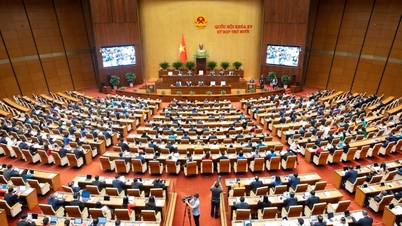




![[Live] Concert Ha Long 2025: "Heritage Spirit - Brightening the Future"](https://vphoto.vietnam.vn/thumb/402x226/vietnam/resource/IMAGE/2025/10/29/1761743605124_g-anh-sang-am-thanh-hoanh-trang-cua-chuong-trinh-mang-den-trai-nghiem-dang-nho-cho-du-khach-22450328-17617424836781829598445-93-0-733-1024-crop-1761742492749383512980.jpeg)





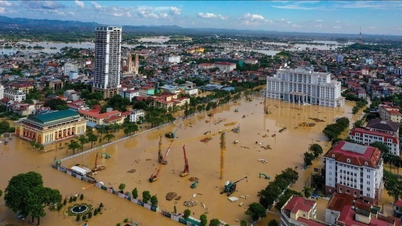





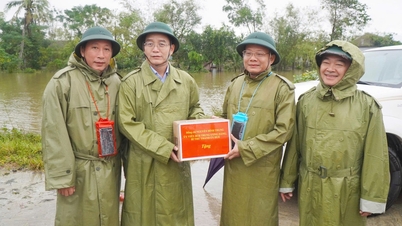



















Comment (0)